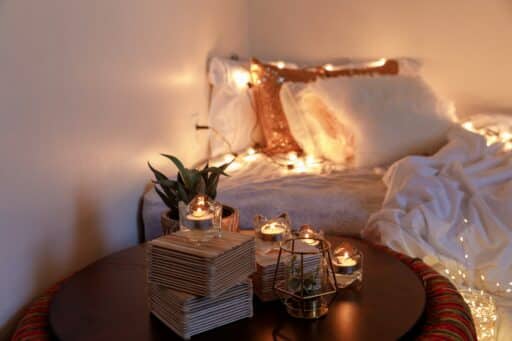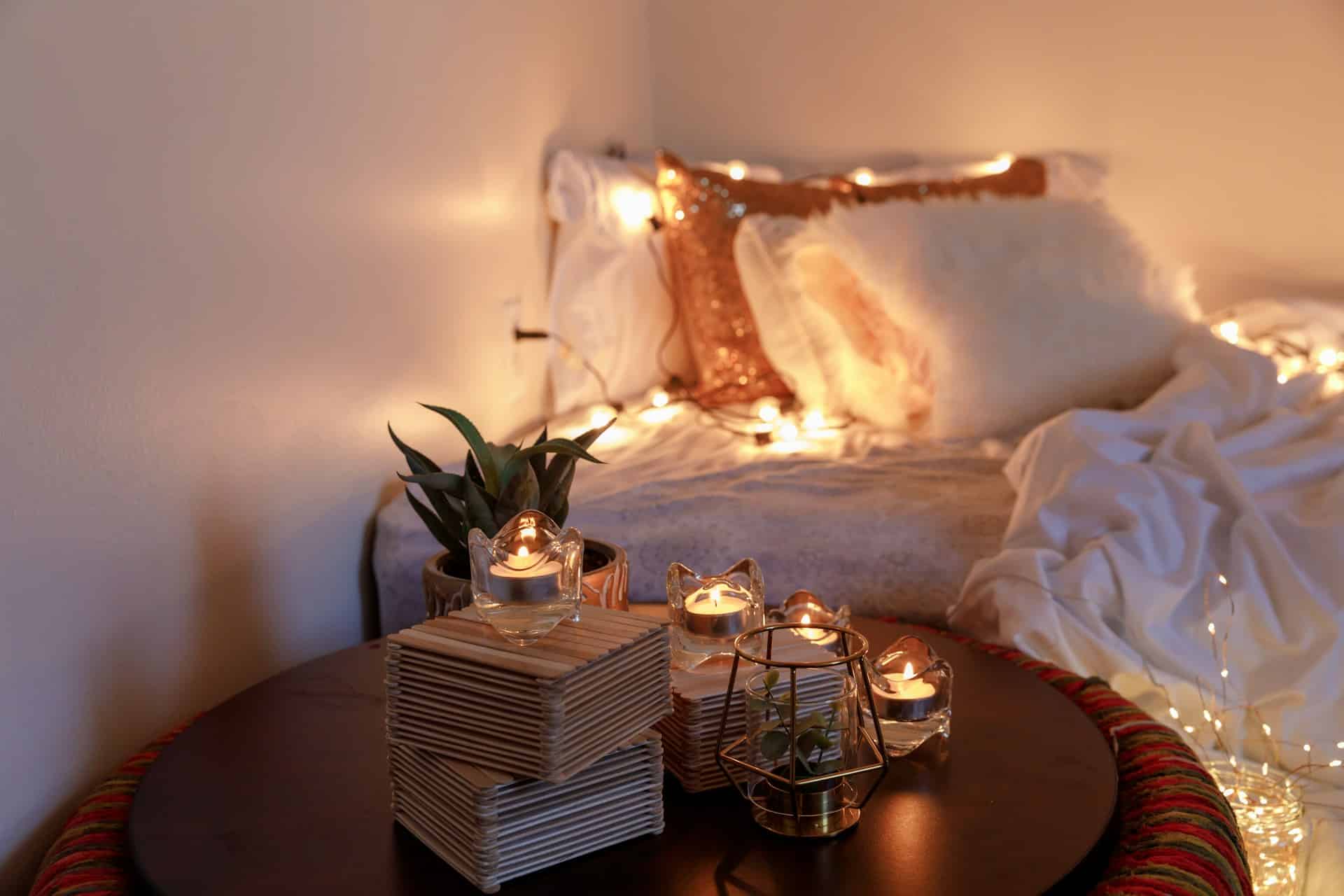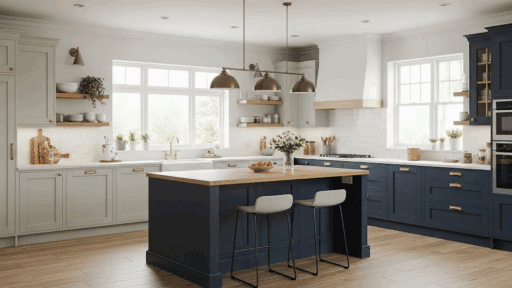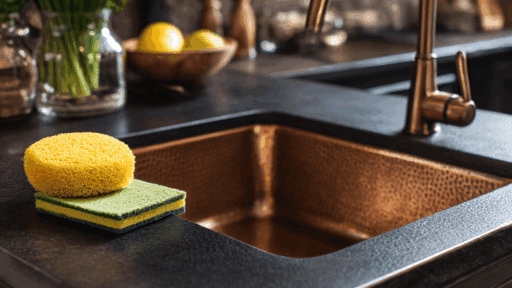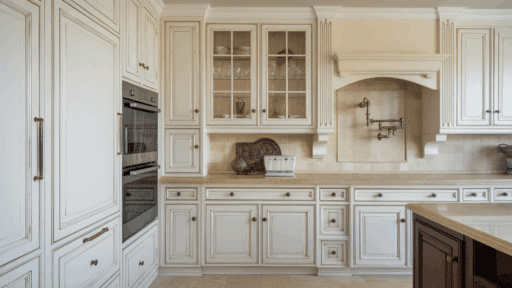Every living space eventually loses its initial charm. Walls begin to feel dull, furniture loses its luster, and décor starts to feel dated. In places like San Diego, where the mix of coastal air and sunlight can gradually affect interiors, this process can be even more noticeable over time. The good news is that transforming a tired room doesn’t have to mean costly renovations or months of disruption.
With a clear vision, some strategic changes, and a focus on details, a space can be revitalized into something fresh and inviting—without stretching the budget. The process is all about making deliberate improvements that create the maximum impact with minimal investment.
Reimagining Color and Light
Color is one of the most transformative elements in a room. A fresh palette can completely shift the mood, whether it’s a soothing neutral scheme or a vibrant pop of contrast. Choosing paint colors that complement natural light can make the space feel more open and airy. For smaller rooms, light tones help create a sense of spaciousness, while richer hues can add warmth and depth to larger areas.
Lighting plays an equally important role. Replacing outdated fixtures with modern, energy-efficient designs can bring an instant lift. Layered lighting—combining overhead, task, and accent sources—offers flexibility and helps highlight the room’s best features. Even something as simple as swapping in warm-toned LED bulbs can improve the atmosphere without significant expense.
Expert Help for Targeted Changes
Sometimes a room needs more than just rearranging furniture or adding a coat of paint—it needs precise repairs or skilled updates that ensure the end result looks polished and professional. Getting in touch with companies that offer reliable San Diego handyman services can make a notable difference, especially because the area is prone to coastal humidity and occasional wear that can affect materials and finishes over time.
These professionals can handle tricky adjustments like fixing uneven shelving, repairing worn flooring, or updating hardware in a way that blends seamlessly with the existing aesthetic. The advantage lies in their ability to deliver quick results without the trial-and-error frustration that often comes with DIY approaches. With the right help, improvements happen faster, last longer, and look far more refined.
Refreshing Soft Furnishings
Textiles often carry the weight of a room’s personality. Curtains, rugs, and throw pillows provide texture and color, making them ideal tools for an affordable refresh. Updating these elements allows for experimentation with patterns, seasonal tones, or new textures that align with the desired mood.
For example, a tired room dominated by dark furniture might benefit from light, airy curtains to balance the weight, or a patterned rug to add visual interest. Layering fabrics—such as adding a throw over a sofa or mixing pillow sizes—creates depth and a sense of comfort without demanding a major investment.
Revitalizing Walls with Affordable Enhancements
Walls set the tone for the entire room, yet they are often overlooked after the initial decorating phase. Adding interest doesn’t require expensive installations—small updates can be just as effective. Peel-and-stick wallpaper, for instance, offers the chance to experiment with textures and patterns without the permanence of traditional wallcoverings.
Another affordable option is a gallery wall using existing artwork, personal photographs, or a mix of frames and decorative objects. This creates a personalized focal point that draws the eye and distracts from less appealing aspects of the room.
Enhancing Surfaces and Details
Small surface updates can make a surprisingly large impact. Replacing outdated cabinet knobs, drawer pulls, or light switch covers instantly modernizes a room. Updating tabletops with adhesive contact paper that mimics wood, marble, or concrete can refresh older furniture pieces without replacement costs.
In open shelving or bookcases, rearranging items by color or theme can create a more cohesive look. Introducing a few decorative accents, such as small plants, sculptural pieces, or textured baskets, can break up monotony and give the eye points of interest.
Incorporating Greenery for Freshness
Plants bring life, color, and texture to any room. They can soften hard edges, purify the air, and create a calming atmosphere. Even low-maintenance varieties, such as snake plants or pothos, can transform corners and tabletops.
For those without a green thumb, high-quality artificial plants offer the same visual benefits without the upkeep. Placing greenery at varying heights—on shelves, stands, and window sills—adds dimension and visual rhythm to the space.
Balancing Old and New
Refreshing a room doesn’t mean replacing everything. In fact, blending existing pieces with new additions often yields the most character. A vintage armchair reupholstered in modern fabric, or an old mirror given a fresh coat of paint, can become standout features that tell a story.
This approach not only keeps costs low but also avoids creating a space that feels overly staged or impersonal. The goal is to strike a balance where each piece contributes to the room’s renewed energy without overwhelming it.
Paying Attention to Flow Between Rooms
When a refreshed room connects to other areas, it’s important to consider how colors, materials, and styles transition from one space to another. While each room can have its own identity, subtle repetition of certain hues or textures creates cohesion.
For example, if a newly refreshed living room features brass accents, incorporating a similar metallic tone in a nearby hallway light fixture helps tie the spaces together. This design continuity makes the entire home feel more harmonious.
Layering for Depth
One of the most effective ways to give a room a designer feel is through layering. This means combining various textures, patterns, and materials in a way that feels intentional. A flat, one-dimensional room often looks unfinished, whereas layers add richness and invite interaction.
Consider layering rugs for visual interest, mixing wood finishes for warmth, or combining matte and glossy surfaces for contrast. The key is to maintain a balance so that the room feels curated rather than cluttered.
Affordable Art and Decorative Additions
Art doesn’t have to be expensive to have an impact. Printable designs, thrifted finds, or DIY creations can all add personality without high costs. Mixing different frame sizes and styles adds variety while keeping the display cohesive through a shared color palette or theme.
Final Touches That Elevate the Space
Once the major elements are in place, small final touches can pull the look together. This might mean adjusting the placement of a rug. Hence, it frames the furniture better, adding dimmer switches for lighting flexibility, or using scent through candles or diffusers—to subtly enhance the atmosphere.
A room that once felt uninspired can be revived through thoughtful, budget-friendly changes that respect both function and style. By combining practical updates with creative touches, the space becomes a reflection of personal taste while offering comfort and visual appeal. The transformation lies not in how much is spent, but in how well each improvement serves the overall vision.

